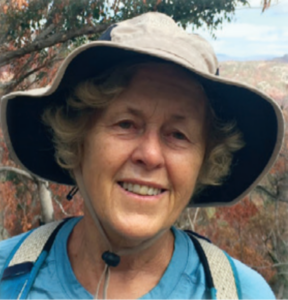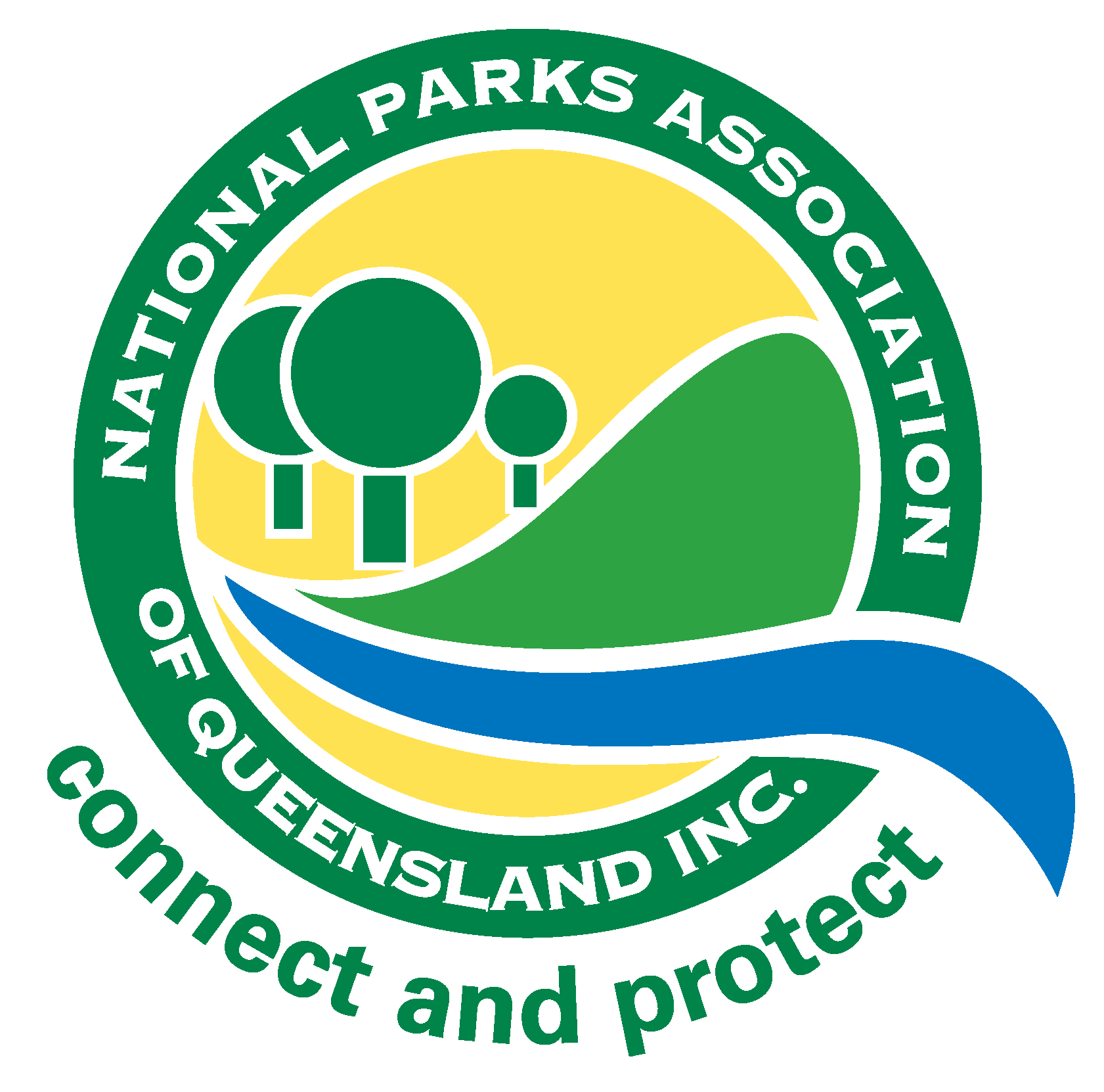Protected Magazine
From the President – Autumn 23
Welcome to the Autumn issue of Protected. Reflections and looking back can be thought-provoking and instructive.
Reading past editions recently of the Australian Ranger Bulletin (a journal for State conservation managers across Australia) from 30-40 years ago, I was struck by the frequent references to eco-tourism and its management challenges in our national parks. Ecotourism is currently a major issue and opportunity for our National Parks, and will continue to increase in the build to 2032, plus the post Olympics and Paralympics legacy.
So – what’s changed in the past 40 years?
40 years ago (1980’s): Interestingly, an article by CSIRO research scientist G.Yapp flagged the need for additional areas separate to National Parks to be acquired and managed as State recreation areas, as a measure to accommodate increasing recreation demand. The trend was also mentioned of increasing resources going into managing recreation with little left for research and conservation.
The article also recommended land acquired for National Parks should include areas suitable for cabins, camping and picnic grounds, car parks and visitor centres to avoid locating these facilities in sensitive areas unsuitable for intensive visitor use.
30 years ago (1990’s): Debate was spreading about the various definitions of eco-tourism, and the ‘fuzzy’ use and loose application of the term. Even then, the emphasis was increasingly on first hand experiences that enhance an ecotourist’s knowledge and appreciation of the natural area, resulting in them taking home messages about the importance of nature conservation.
In 1994, the first National Ecotourism Strategy was developed by the Federal Government, in response to the rapid growth of this sector.
One area that has experienced major change is the recognition and involvement of First Nations people in managing National Parks. Even in 1996, it was requested that climbing Uluru “is part of our cultural identity, …..but this must change. An appropriate alternative is to circumnavigate the rock by walking around the base. This protects not only the environmental values, but importantly the cultural ones as well – a point that is often overlooked by those in ecotourism who focus solely on natural environmental values”. The shift since then has been permanent and substantive.
So what’s changed since then – and what does this indicate for us now? Many of the issues we are facing today have been flagged for the past 30-40 years, with little progress. Responding to the growing demand for outdoor and nature-based recreation activities, the need for increased ranger resources to manage for nature conservation and not just recreation or visitor impacts are still priorities that need to be addressed. Also improved interpretation to ecotourism visitors so they gain a deep and meaningful understanding of the unique values and significance of the area they are experiencing.
Although many of these challenges were flagged 30-40 years ago, we still have a way to go.

Susanne Cooper
President, NPAQ

